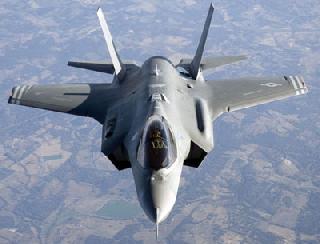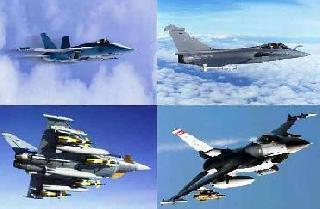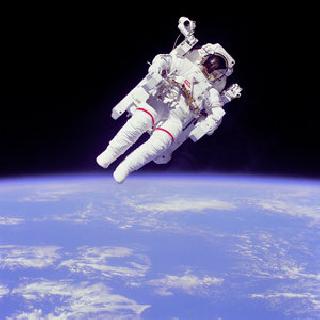
F-35 Lightning II aircraft: A file photo.
LONDON (BNS): The Royal Air Force has started pilot testing on its F-35 Lightning II Joint Strike Fighter (JSF), by putting the groundbreaking aircraft through its paces.
The radical F-35 aircraft is set to become the future of air combat.
"It is like an iPhone on speed. It is a quantum leap in terms of technology and aerodynamics, “Squadron Leader Steve Long, said in a UK MoD release.
The F-35Lightning II has new features like: nose-mounted, electronic warfare aerials fitted around the aircraft and an electro-optical targeting system - or sniper pod.
One of the most innovative features is the distributed aperture system - dubbed the 'God-Eye' - which gives the pilot 360-degree visibility via a digital helmet display.
"It is essentially a 360-degree infrared search and track system. You can see what is beneath or behind the aircraft through a screen fitted to your helmet. It is amazing having total visibility,” he added.
From the past 18 months, the former Harrier pilot has been stationed with the Joint Strike Fighter (JSF) at the US Navy's Patuxent River Air Base in Maryland for flying the B-variant of the test aircraft.
RAF Harrier fleet will be replaced by the new JSF, or F-35 Lightning II.
Sqn Ldr Long is only the seventh pilot to fly the JSF and will be testing its vertical take-off and landing abilities in operational-based scenarios later this year with the US Navy.
The F-35 Lightning II are presently available in three variants (A, B and C) some of which have been created solely for tests and will not be flown in any other capacity.
Currently there are four B variants; a fifth variant is under development for testing and it will be functional by the year end. The testing variant will have a complete set of electronics, radars and warfare systems.
The present four variants of the aircraft cover the short take-off and vertical landing development, flutter (monitoring aerodynamic or structural interactions), loads and mission systems.
The testing aircraft undergoes hundreds of sensors, monitors vibration, temperature, deflections, stresses and strains, which are in turn monitored by 26 engineers on the ground.
 Previous Article
Previous Article Next Article
Next Article












The Indian Air Force, in its flight trials evaluation report submitted before the Defence Ministry l..
view articleAn insight into the Medium Multi-Role Combat Aircraft competition...
view articleSky enthusiasts can now spot the International Space Station (ISS) commanded by Indian-American astr..
view article